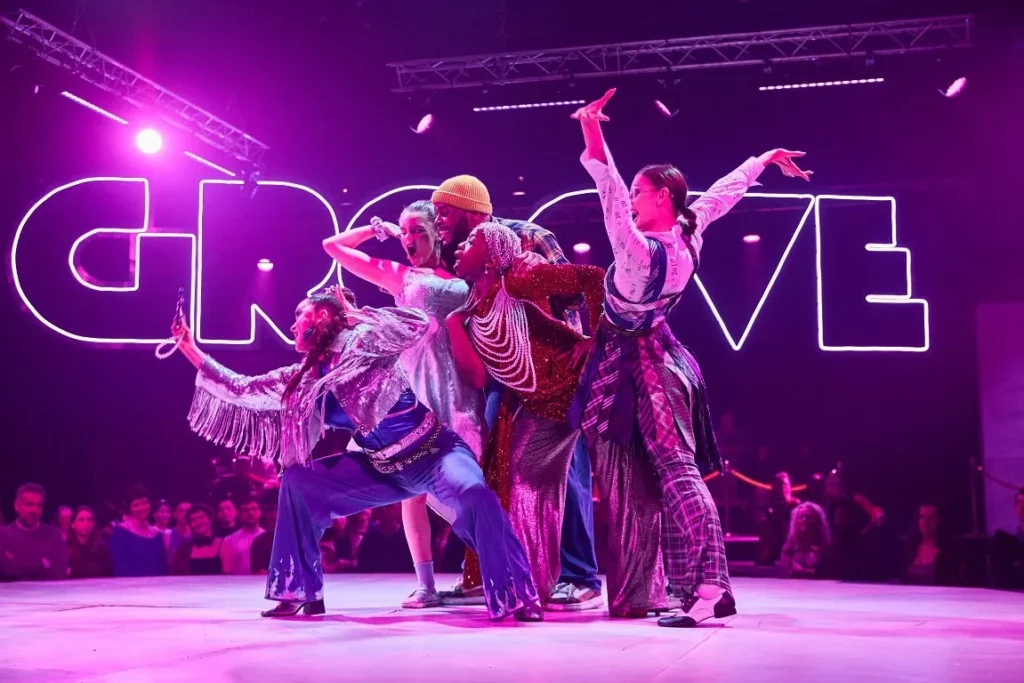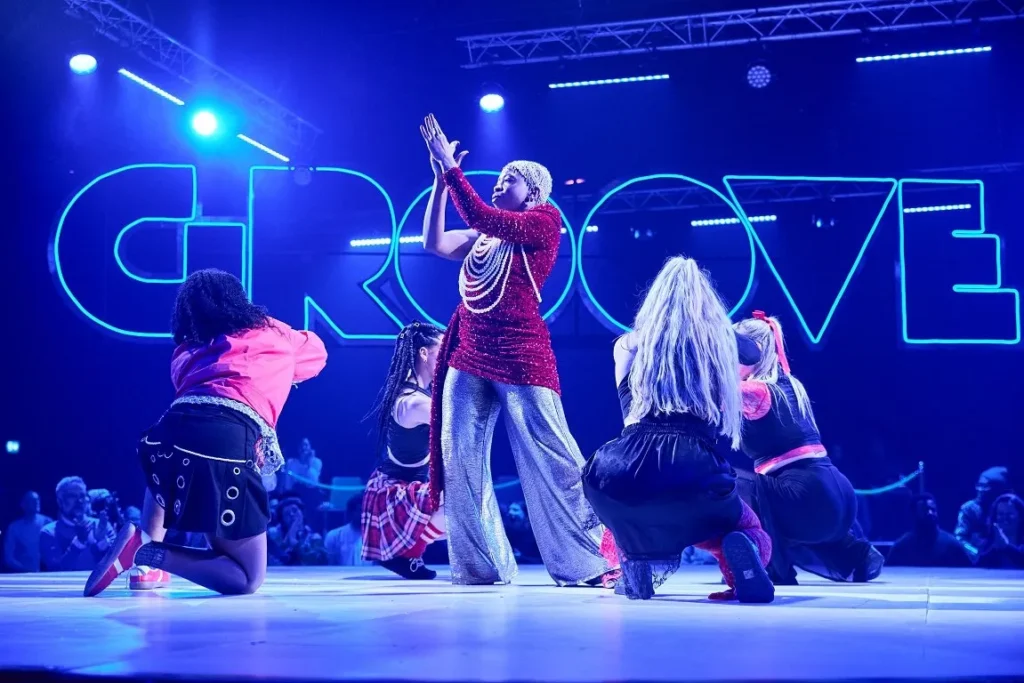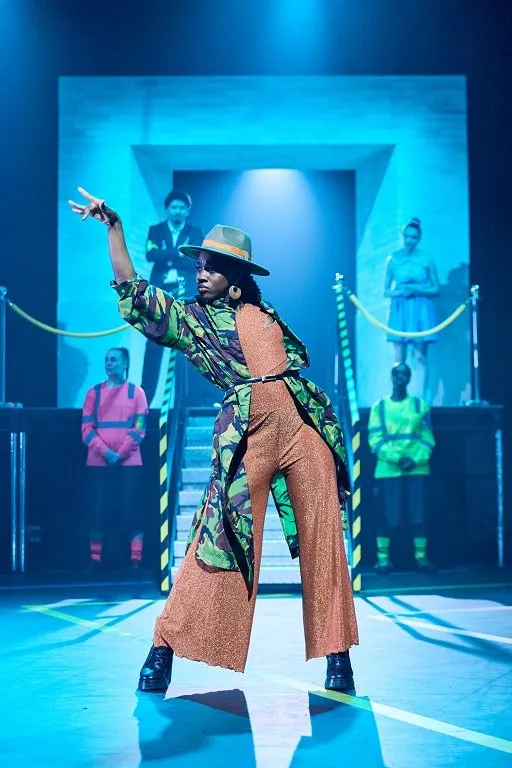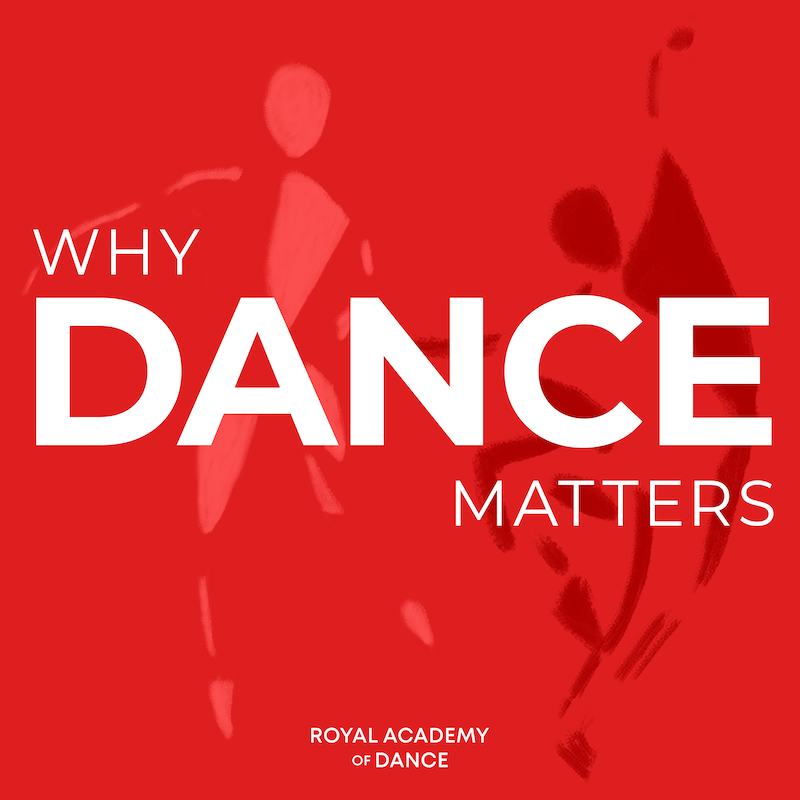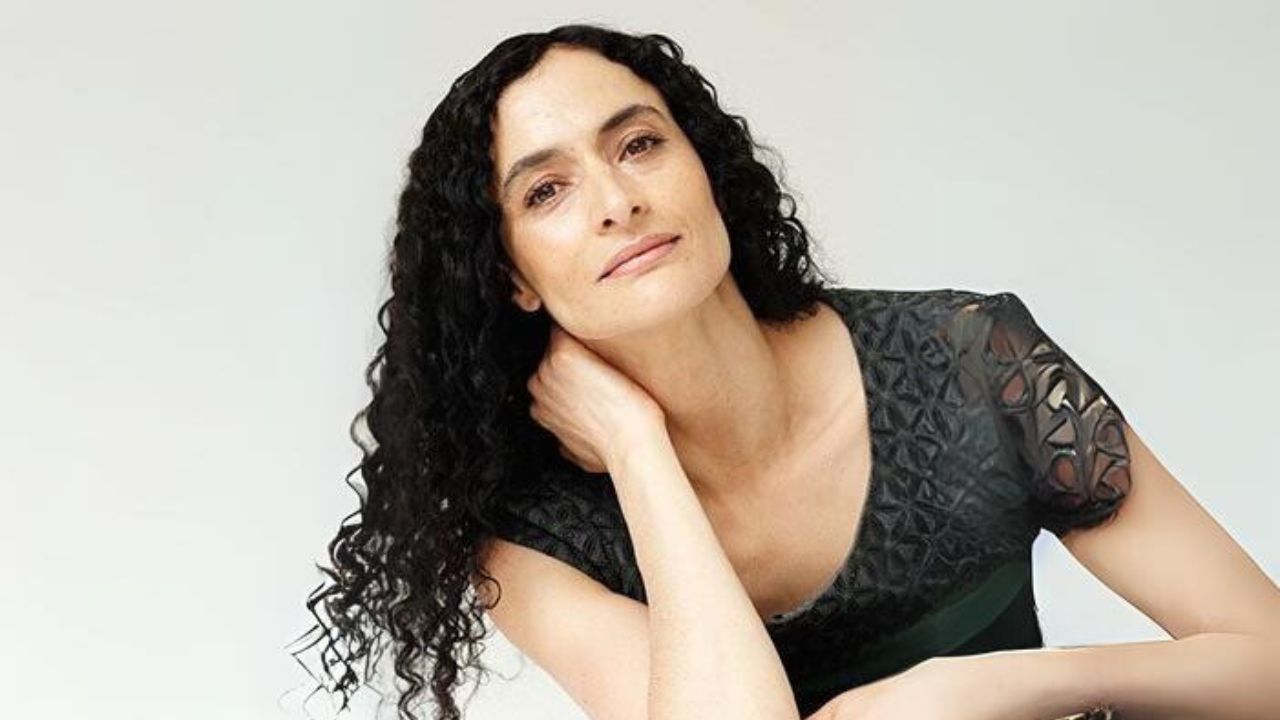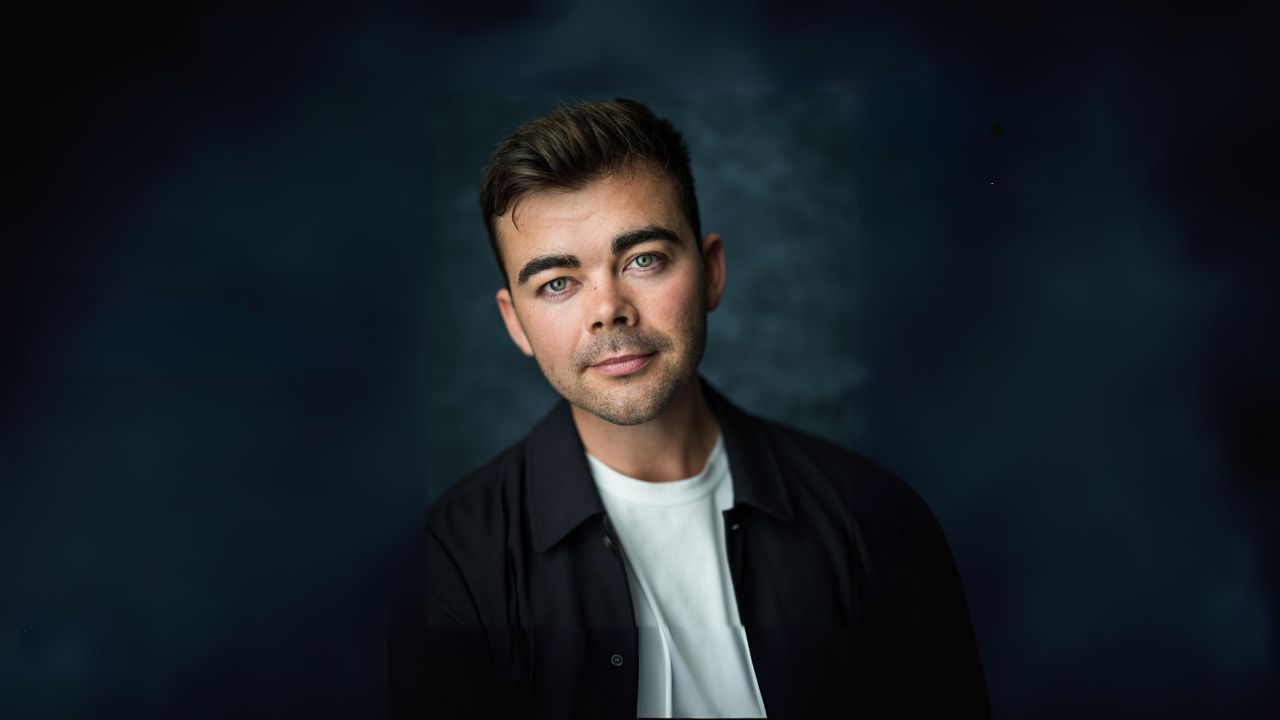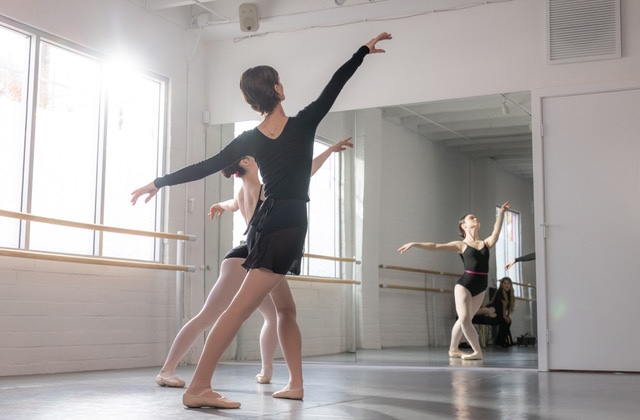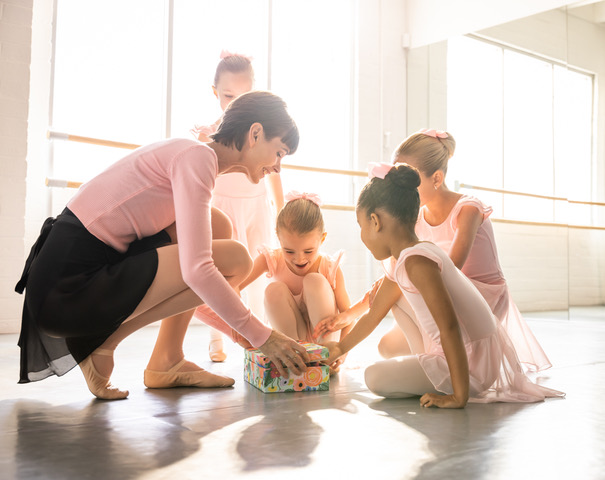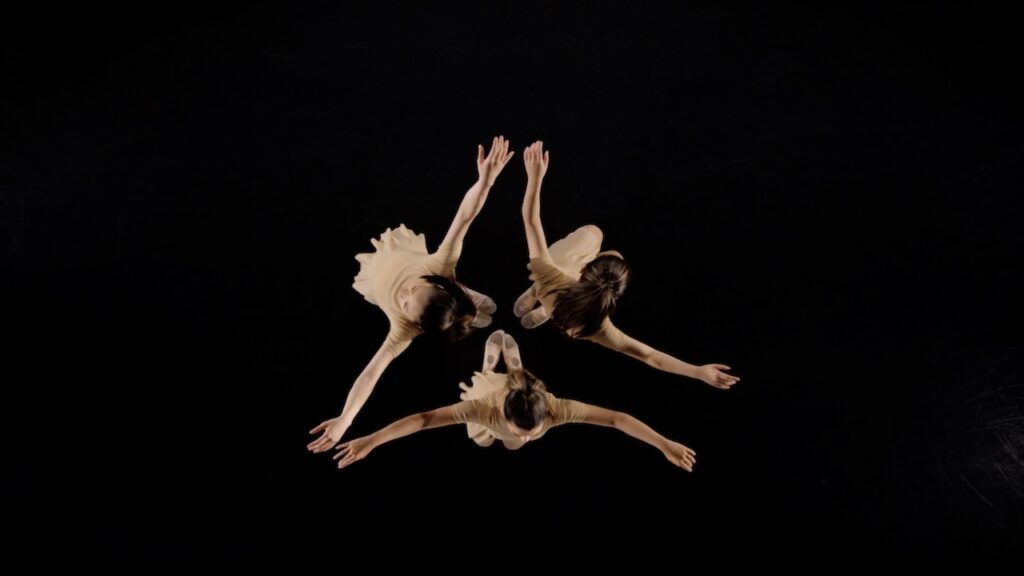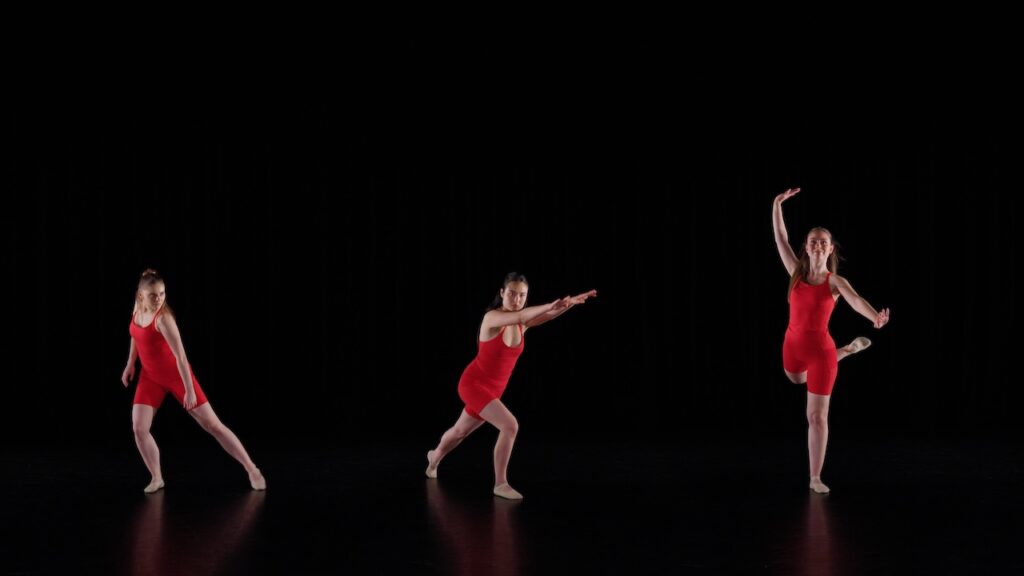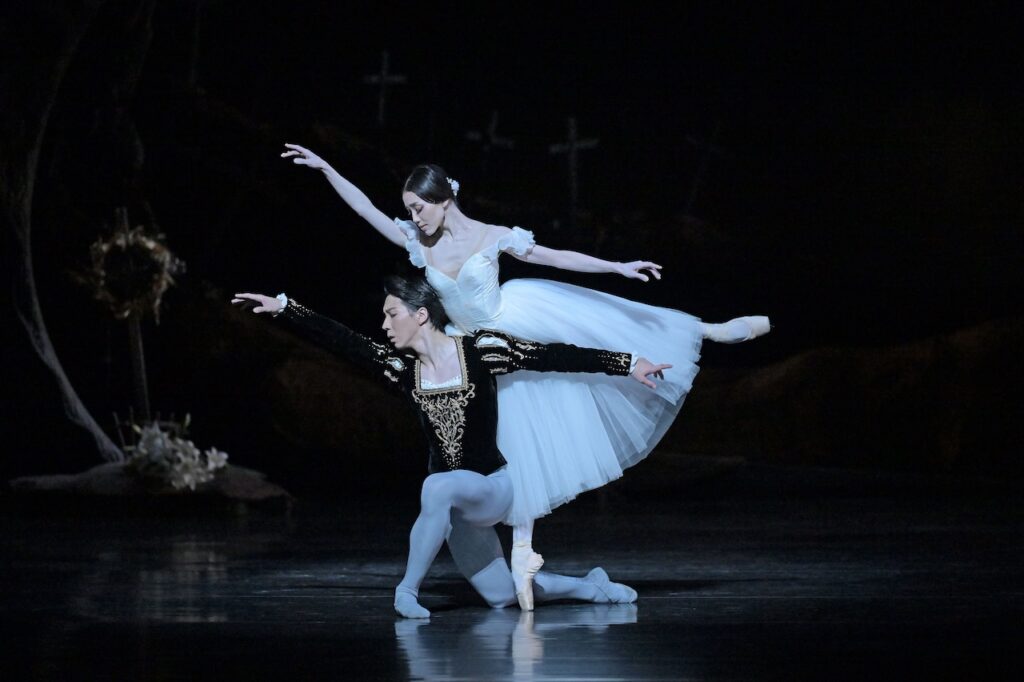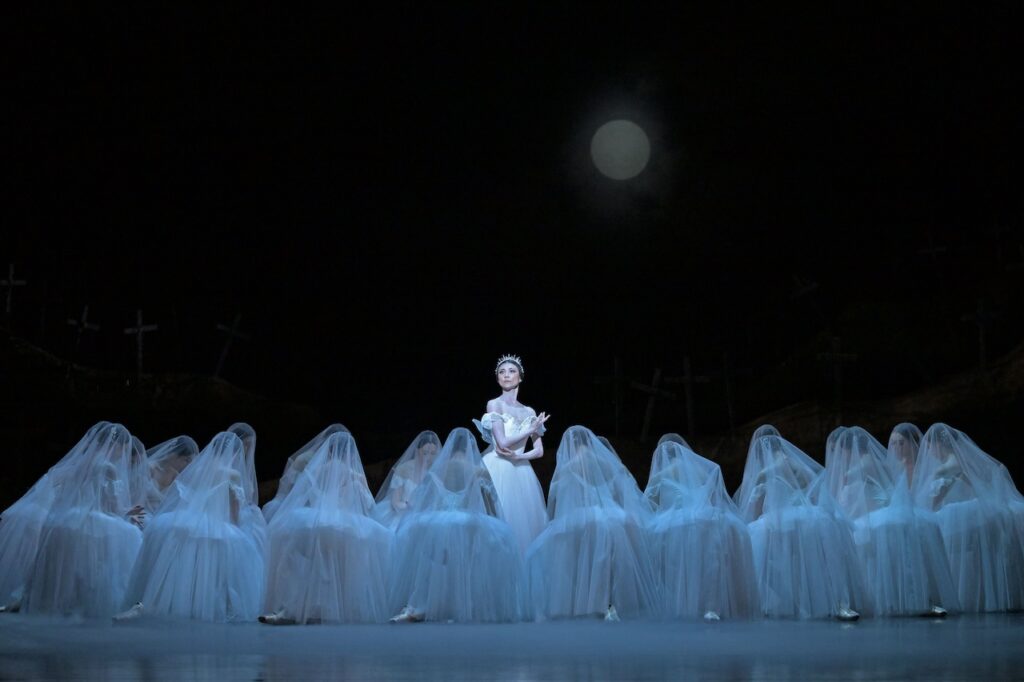Congratulations on the award! How was the ceremony?
Attending the One Dance Awards in 2022 was nerve-wracking – I felt like an imposter among all these big wigs. This time I was much more relaxed, but also assumed I hadn’t won. I couldn’t see the projector screen from my seat, so it was mum who went, ‘Sonia, it’s you!’ It was very dramatic.
And your mother plays a big part in your career?
My mum was my very first Silver Swan, and is also my administrator. We call her the barre babe – she helps set up my portable barres that that get shipped around Berkshire. Once a dance mum, always a dance mum!
How did your dance teaching journey begin?
I started tap and ballet when I was two, did the RAD grades and then trained in musical theatre. I pursued that, and then went into dance teaching. When I launched my first Silver Swans class, the first term was very hard. I thought I might knock it on the head. But the class grew to 30 members very quickly, so I had to launch a second and third class – and then, three months later, the pandemic hit. We went online, and every time we came back out of lockdown restrictions, I added more classes. I forged such a bond with my dancers.
Why is your work with older dancers important to you?
It’s the inclusive nature. The dancers appreciate the classes. They’re not just coming to learn technique. They’re coming to play and to be a ballerina for an hour. It’s also the community – for each other, and for me too. My social life is with people who are twice my age! I got married in 2023 and they held a surprise hen party for me. I was dropped off at a venue, opened the door, and there were about 50 of my dancers. They’re all like my surrogate mums.
Why do the dancers enjoy Silver Swans?
It’s a neglected market – of people who are able bodied, or perhaps with a minor issue they need to work around. They feel safe to join Silver Swans. I also have some younger students who need these more inclusive dance practices, because they have long term covid or another issue. In the room, there’s no talk of age. It’s a lovely community where age is forgotten.
Do you see their confidence evolve?
Absolutely. It has been lovely to see people who thought they would never step on stage but who are now shining. One dancer had come out of a tricky life situation – she was just a shell of a woman. A few months later, I noticed she had a glow about her – she’s someone who had never danced before, but it’s become her life.
Has taking the RAD Masters changed your teaching?
It’s one of the most challenging things I’ve ever done, but really rewarding. I’ve changed dramatically as a teacher – it’s nice to be given tools to help people learn better. My master’s degree teaches me how to scaffold and evolve my lessons. I teach former professional ballerinas alongside people who have never danced in their lives. No one’s judging. They’re all there for themselves.
What has teaching given you?
It’s my own personal creative outlet. I love making videos with my dancers – I’ll get a wacky idea and choreograph something with them. I hate obvious choices of music. My dancers are youthful, energetic, vibrant, sassy, and they need numbers that portray that.
One of my peers on the MA is in Athens, and my Silver Swans are looking forward to performing there in 2026. They’re buzzing about it, so I have to make it happen!

